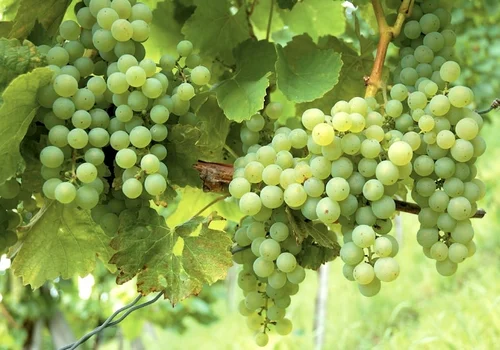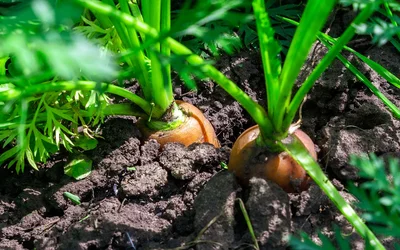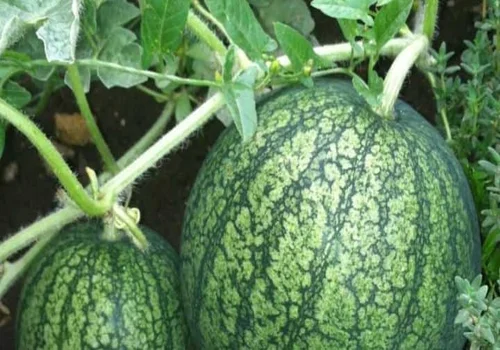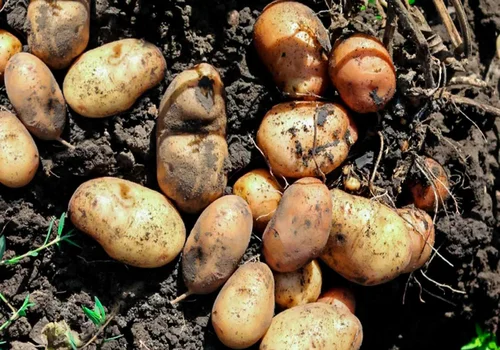Cucumbers are a delicious and refreshing vegetable, especially when harvested fresh from your garden. With the right care and attention, you can grow crisp, juicy cucumbers that enhance your meals and satisfy your taste buds. In this guide, I will share everything I’ve learned about growing cucumbers, including the best varieties, planting tips, and secrets to ensuring an abundant crop.
Choosing the Right Cucumber Variety
When it comes to cucumbers, there is a wide range of varieties available, each suited to different uses and growing conditions. You can find:
- Gherkin cucumbers: Ideal for pickling, these smaller, firmer fruits stand up well to preservation.
- Slicing cucumbers: Perfect for salads, sandwiches, or snacking, these are the standard variety most people grow.
- Unique types: Lemon-shaped yellow cucumbers or other unusual varieties for those seeking something different.
Vining vs. Bush Types
Most cucumber varieties are vining, which means they need support structures to grow vertically. However, there are compact, bushy varieties that are perfect for growing in containers if you have limited space.
Disease-Resistant Varieties
To make your gardening experience easier, choose cucumber varieties that are resistant to common diseases like powdery mildew or cucumber mosaic virus. Opt for parthenocarpic varieties—these cucumbers don’t require pollination to set fruit, which means no seeds. These varieties tend to produce more fruit since they are primarily female flower-producing, ensuring a higher yield.
How to Grow Cucumbers
Cucumbers are fast-growing plants. Under ideal conditions, they can go from seed to harvest in as little as two months. Timing is key, and here’s a step-by-step guide to growing cucumbers for the best results.
Step 1: When to Plant
Cucumbers are a warm-season crop, preferring nighttime temperatures above 50°F (10°C) and even warmer daytime conditions. If you’re planting in a greenhouse, you can start earlier, but for outdoor planting, sow seeds about three to four weeks before your last frost date.
Step 2: Soak the Seeds
Soak cucumber seeds overnight in lukewarm water before planting. This softens the seed coat and primes them for quicker germination.
Step 3: Sow the Seeds
Sow the seeds about ½ inch (1 cm) deep in small pots or plug trays. While some gardeners prefer to sow two seeds per pot and thin out the weaker one, I recommend planting one seed per pot to avoid waste. Keep the seeds in a warm location—around 70°F to 80°F (21°C to 26°C)—to encourage quick germination.
Step 4: Transplanting
Once the seedlings grow to fill their pots, transplant them to their final growing location—either outside or in larger containers. Ensure the plants are well-spaced (about 12 to 18 inches apart) and provide ample support, such as a trellis or sturdy string.
Step 5: Watering
Cucumbers need a lot of water—after all, they are made up of 96% water! Keep the soil moist by watering thoroughly and regularly. Check the soil’s moisture by sticking your finger about an inch deep. If it feels dry, it’s time to water. Avoid splashing water on the leaves to minimize the risk of disease.
Supporting and Pruning Cucumbers
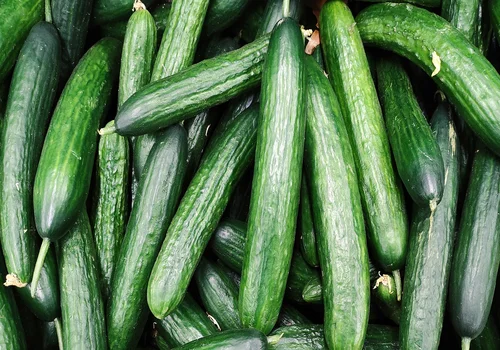
Cucumbers grow best when supported. By training them to grow vertically on a trellis or string support, you reduce pest risks, increase airflow, and ensure the plants receive adequate sunlight. This method also saves space, making it easier to care for the plants.
Pruning Tips
To promote healthy growth, remove any side shoots or suckers that develop along the main stem. You can also remove the lowest leaves as they begin to age and show signs of damage. This reduces the risk of disease and keeps the plants looking tidy.
Feeding and Fertilizing Cucumbers
Cucumbers are heavy feeders, so it’s essential to provide them with nutrient-rich soil. Before planting, enrich the soil with well-rotted manure or compost. As the plants begin to fruit, apply a liquid fertilizer high in potassium (like a tomato feed) to encourage more flowers and fruits. You can also use granular fertilizer to top-dress the soil and fork it in.
Managing Common Cucumber Problems
Bitter Tasting Fruits
Sometimes cucumbers develop a bitter taste due to stress, such as insufficient water or extreme temperatures. To avoid this, water the plants thoroughly and consistently. If you do encounter bitterness, cut off the end of the fruit closest to the stem and peel it to reduce the bitter taste.
Beetles
In regions where cucumber beetles are a problem, it’s important to protect your plants early on. These beetles can damage plants and spread diseases like bacterial wilt. Use insect mesh to shield young plants, and consider placing yellow sticky traps to monitor beetle activity. Hand-picking beetles is another effective control method.
Powdery Mildew
One common issue with cucumbers is powdery mildew—a fungal disease that creates a white, powdery coating on the leaves. To prevent mildew, ensure your plants are spaced properly for good air circulation. Remove infected leaves promptly and water at the base of the plant to avoid splashing water onto the leaves.
Harvesting Cucumbers
Harvest cucumbers while they are young, firm, and vibrant green. Use a sharp knife or garden shears to cut them from the vine, leaving a small portion of the stalk attached. Harvest early in the morning when the fruits are cool and crisp. Regularly pick the fruits to encourage more production—if you let cucumbers grow too large, the plant may start to shut down and reduce fruiting.
Frequently Asked Questions
1. When is the best time to plant cucumbers?
Cucumbers should be planted in late spring when nighttime temperatures stay above 50°F (10°C) and the risk of frost has passed.
2. How often should I water cucumbers?
Cucumbers need consistent watering. Check the soil regularly and water deeply when the top inch feels dry.
3. What type of fertilizer should I use for cucumbers?
Use a liquid fertilizer high in potassium, such as a tomato feed, to promote flowering and fruiting.
4. Can cucumbers be grown in containers?
Yes, there are compact cucumber varieties perfect for container gardening.
5. How can I prevent bitter cucumbers?
Prevent bitterness by keeping the plants well-watered and avoiding stress caused by extreme temperatures or inadequate nutrients.
6. How do I support cucumber plants?
Cucumber plants can be supported using a trellis, string support, or A-frame structures to keep the vines off the ground.
7. What should I do if my cucumbers develop powdery mildew?
Ensure good air circulation around the plants, remove infected leaves, and water at the base to avoid splashing water onto the foliage.

